The eLearning translation process can seem very complex, especially if it’s your first project or if you have had issues in the past. By gaining a better understanding of the phases of eLearning translation, you will be in a better position to navigate vendor selection, as well as the cost structure of a project.
Here’s a quick overview of the eLearning translation process from start to finish:
Analysis Process. Expect your vendor to take a good hard look at your course; to ask questions about your expectations, your audience and any special needs you may have. You’ll likely be asked to upload your project to a secure portal or file transfer website so your translation company can better understand the components and complexity of your project. They will also ask for the source files in order to start analyzing your course and project needs.
Create a glossary. Although every project is different, it is recommended to create a glossary of terms, names and descriptions of terminology that is specific to your company and project. This will ensure that the translators are using consistent translations for names of events, processes, procedures, people and terminology your company uses internally. A glossary helps the team be on the same page from the start of the project and is a critical part of ensuring the rest of the project runs smoothly.
Prepare an estimate. Now that your translation company has everything they need from you, including your project files, a glossary, photos and all the information about the project, they will take a chance to review all the assets. The company may ask you additional questions to clarify the goals of the project, find out what browsers you intend to use, and verify any publishing settings or concerns before preparing an estimate for your project.
Get project approval. Is the project a go, or a no-go? Once you’ve had a chance to look over the estimate and make any changes, a project manager will create a project schedule. The translation team will then go over that schedule with you before kicking off the project and beginning the translation process.
Begin translations. Projects typically start with translation of the course content. The translation team will break down the content and send it to the appropriate subject matter expert in whatever language you need. A professional linguist (someone with a linguistics degree who is familiar with the culture, idioms and language, as well as the eLearning process) will then start the translation process.
Review. Throughout the project, the translation team reviews each phase of the project. There should be multiple reviews and touch points by both the translation company and the end user. The translations should reviewed along with the content of the course to make sure that the context was taken into account during the translation.
Reintegrate content into the course. When the translation project has begun, photos, tables, images, and all the graphic elements of the course are extracted and translated as needed. Once translated, they must be reintegrated back into the course itself. In other words, your translation company re-compiles the course, placing the newly translated content (graphics, text, UI terms, audio) into the appropriate section of the course in order to provide a fully functional course for the learner.
Select a voice talent. During the translation phase, selection of the voice talent should take place. Ideally your translation company should send a variety of voice samples for you to choose for the project. Once the voice talent is selected, the audio portions of the project are recorded. That audio is reviewed, then integrated into the course.
Quality control review. At this point the course is complete, but still needs one final review. At Ingenuiti, we use Inspector for client review and feedback. In Inspector, you can let us know what you think and if you would like us to make any changes.
Publish. Now the project and final quality control reviews are complete! All that’s left is to publish the final project for use on the client’s Learning Management System (LMS).
The eLearning Translation Process
That’s the general overview of what the eLearning translation process looks like for standard projects. Other companies may vary in their approach or the order in which they translate a project or the number of their reviews and quality checks, therefore it’s important to ask first and receive an overview. You may also benefit from requesting some examples of other projects similar to yours to gain a better understanding of the various project phases.
Contact us with any questions you may have about our eLearning translation process! We’d be happy to walk you through any of the steps in detail.
